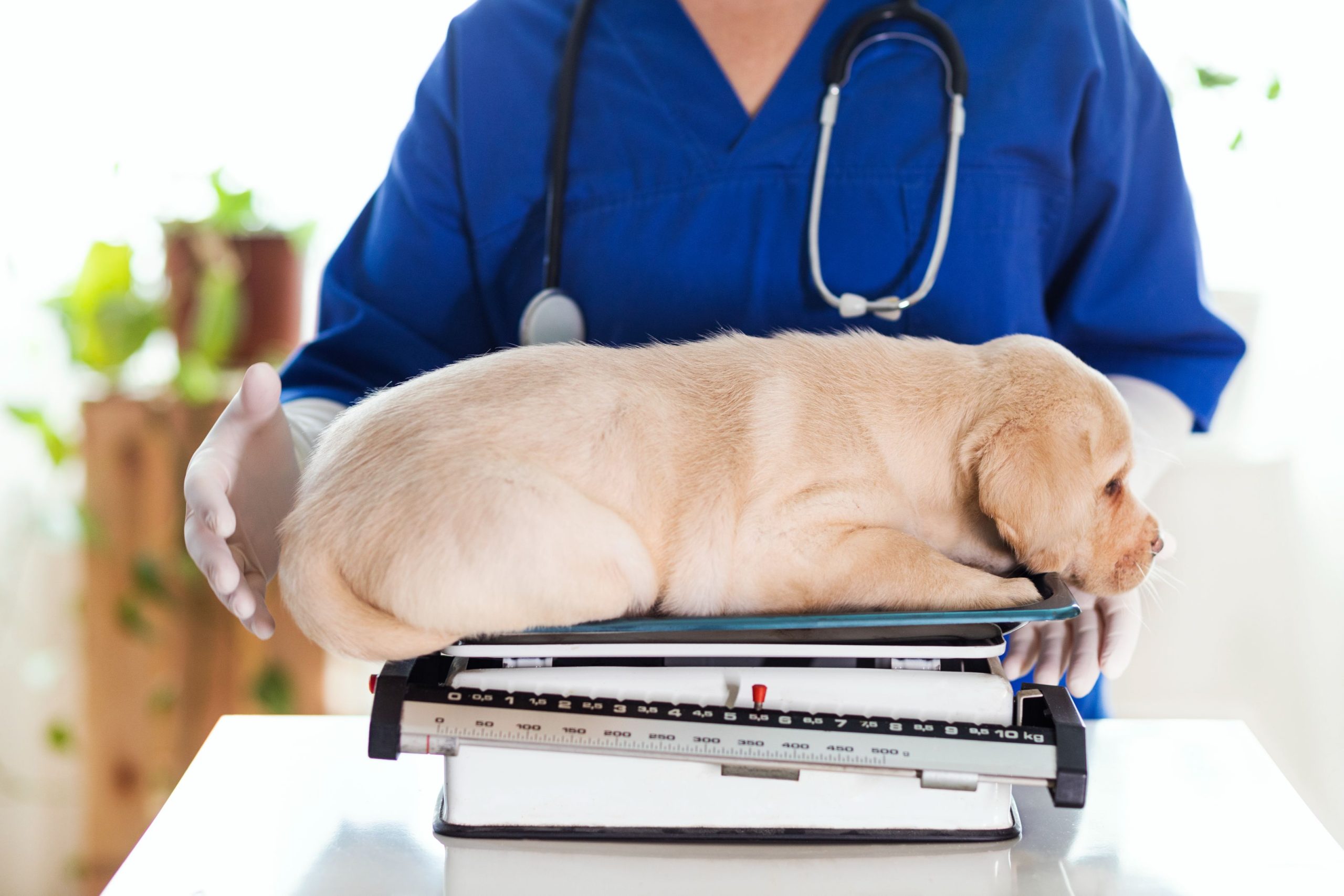The Safest Exercises for an Overweight Dog
Not much in life is cuter than a chubby newborn puppy, with their little legs and big round bellies. Beyond the early puppy phase, though, being overweight or obese can lead to health problems in a dog and even decrease life expectancy. Extra pounds can cause problems like arthritis, diabetes, and fatty liver disease.
Quantity (and quality) of food is the biggest contributor to a pet’s risk of obesity. Be sure to feed your canine companion the right amount of kibble for their age and size. In addition to cutting back on table food and treats, exercise is a vital part of weight management for your pet. If you’ve got a pudgy pup, here are some helpful ways to get them moving in the right direction.
Walk This Way
Walking is an easy and free way to exercise with your pup. Depending on a dog’s weight and fitness level, getting started with regular walks may need to be a slow and steady process. Inactive or very overweight dogs might need to start with a daily 5-minute stroll around the block. Other dogs may be able to handle shorter walks twice a day rather than one longer outing. Each week, or as your dog builds stamina and strength, first pick up the pace and then increase time and distance. The goal is to walk at a brisk pace for 30 minutes at least five days a week.
If the weather doesn’t cooperate or you want a change in routine:
- Try the treadmill! Getting your dog to walk on a treadmill will likely require training. Take it slow and build confidence. First, let your pup get accustomed to standing on the platform, then used to the sounds, then encourage them to walk.
- Walking off-leash at a dog park or other designated area gives your pup a little more freedom to run or sprint. Before trying this, sure your pup likes being around other dogs and is able to follow a few basic commands.
Just Keep Swimming
Water supports most of a dog’s weight, so your plump pup can get a workout without added stress on muscles and joints. Prior to jumping in, assess your dog’s natural ability in the water. Don’t be surprised if you need to help them learn what to do. After your dog is used to being in deeper water, support their belly while gently moving them through the water. Smaller dogs might need a lifejacket. Fifteen minutes purely swimming equals an hour of walking, so it’s important to watch for signs of exhaustion including purple or blue gums, yawning, and rapid pulse.
C’mon Let’s Play
Finally, incorporate movement in your furry friend’s life throughout the day. Playing with your pup helps grow your connection and the extra activity counts as exercise. Use a ball to play fetch, play tug with a rope toy, or make an indoor obstacle course with items you already have at home.
If your pet has a few extra pounds on their frame, come see our veterinary staff at Sunrise Boulevard Animal Hospital. From nutritional counseling to wellness care, we’ll work together to get your pet to a healthy weight.

